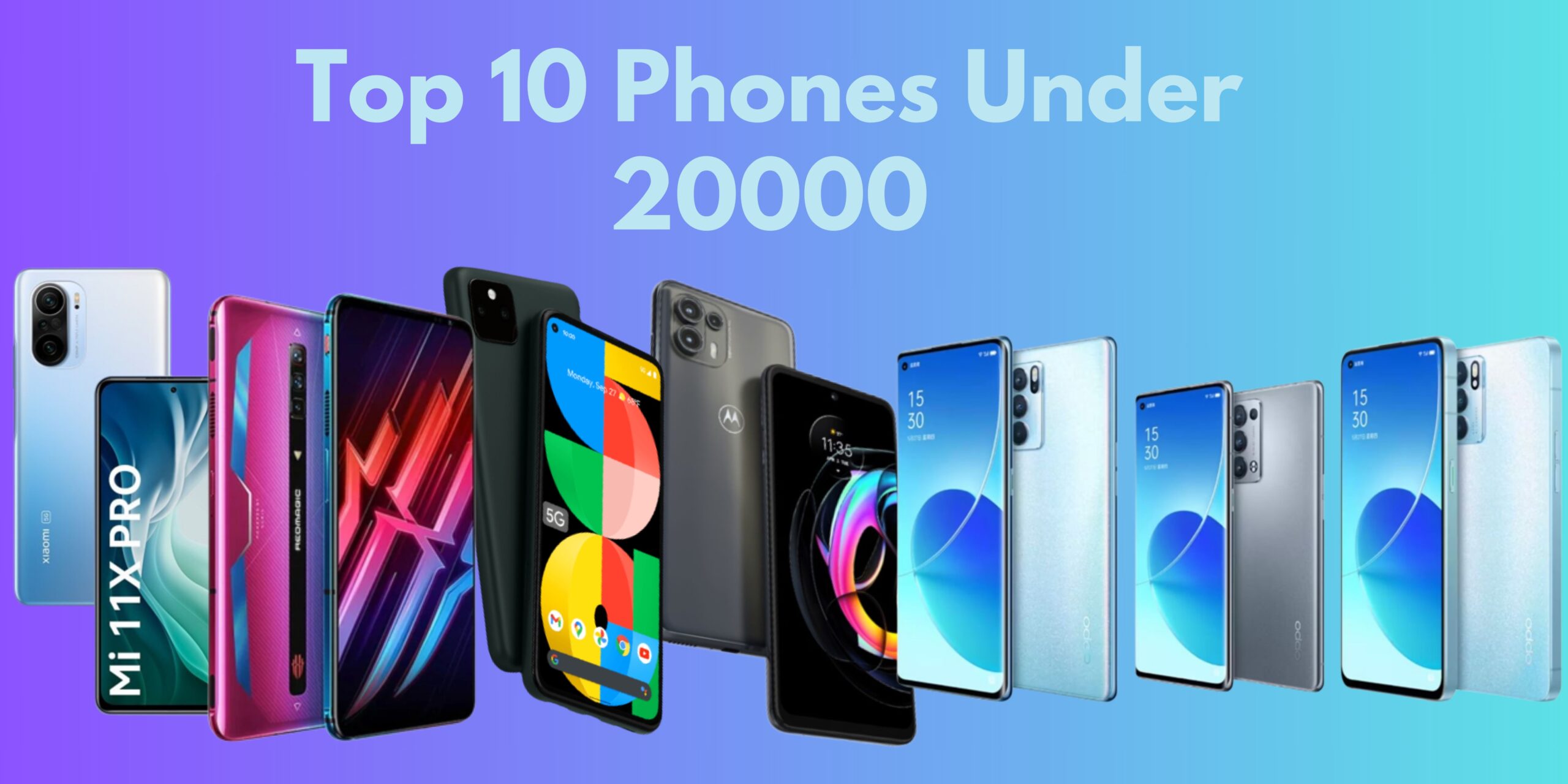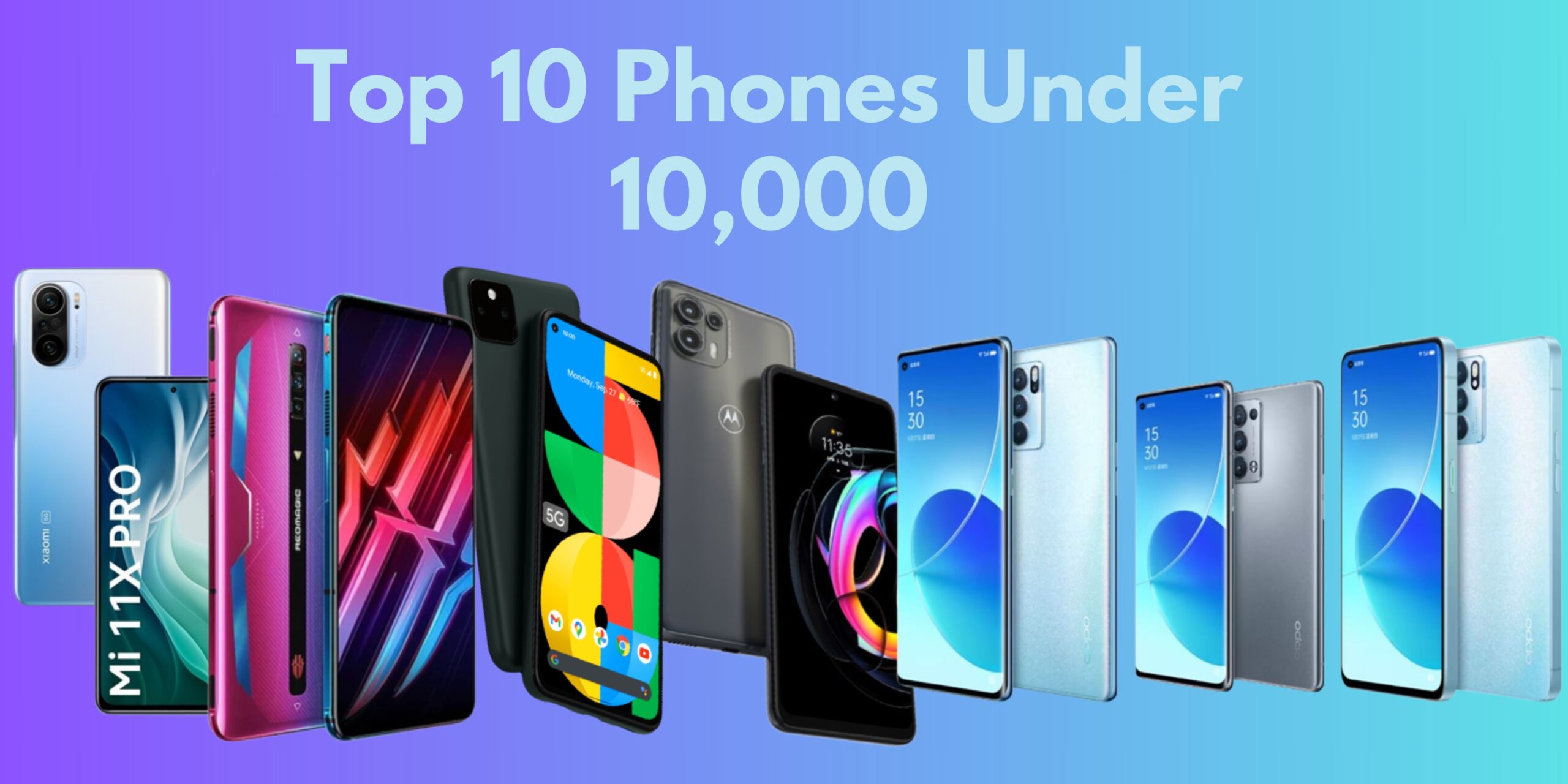The Impact of 5G on Internet Connectivity
The advent of 5G technology is revolutionizing internet connectivity, bringing forth a new era characterized by unprecedented speed, reliability, and transformative possibilities. This article explores the profound impact of 5G on various facets of internet connectivity, from enhanced data speeds to the proliferation of innovative applications that promise to reshape the way we connect and interact in the digital landscape.
1. Breakneck Speeds: Redefining Data Transmission
At the core of 5G’s impact is its remarkable speed. With data rates expected to be exponentially faster than 4G, 5G networks facilitate lightning-fast downloads, seamless streaming, and near-instantaneous data transmission. This breakthrough in speed not only enhances user experiences but also enables the rapid exchange of large volumes of data, laying the foundation for a more interconnected digital world.
2. Low Latency: Real-Time Responsiveness
5G technology significantly reduces latency, the delay between sending and receiving data. This low latency is a game-changer, particularly for applications that demand real-time responsiveness, such as online gaming, augmented reality (AR), and virtual reality (VR). The near-instantaneous communication between devices opens up possibilities for immersive experiences and applications that rely on split-second decision-making.
3. Massive Device Connectivity: IoT Revolution
One of the defining features of 5G is its ability to support a massive number of connected devices simultaneously. This capacity is pivotal for the Internet of Things (IoT) revolution, where an increasing array of devices—from smart home appliances to industrial sensors—can seamlessly communicate with each other. The result is a more interconnected and efficient ecosystem of smart devices, fostering automation and data-driven decision-making.
4. Enhanced Mobile Broadband: Redefining Mobile Experiences
5G is set to redefine mobile experiences by providing faster and more reliable internet connectivity for smartphones and other mobile devices. Users can expect smoother video streaming, faster downloads, and improved overall performance, transforming the way we consume content and interact with mobile applications.
5. Empowering Edge Computing: Distributing Processing Power
5G’s low latency and high speeds play a crucial role in empowering edge computing. By distributing processing power closer to the source of data, edge computing reduces the need for centralized cloud processing. This decentralization accelerates data processing, making applications more responsive and paving the way for innovations in autonomous vehicles, smart cities, and more.
6. Transformative Applications: Reshaping Industries
The impact of 5G extends beyond faster internet for consumers; it’s a catalyst for transformative applications across industries. From healthcare and education to manufacturing and entertainment, 5G enables innovations such as remote surgery, augmented reality classrooms, smart factories, and immersive entertainment experiences. This technology acts as a key enabler for the Fourth Industrial Revolution.
7. Economic Growth and Innovation: A Driver for Development
5G is not just a technological evolution; it’s a driver of economic growth and innovation. Countries and businesses investing in 5G infrastructure are positioning themselves at the forefront of the digital economy. The rollout of 5G networks is creating new opportunities for entrepreneurship, job creation, and technological innovation, contributing to overall societal development.
8. Improved Accessibility: Bridging the Digital Divide
The increased speed and connectivity offered by 5G have the potential to bridge the digital divide by providing improved internet access to remote and underserved areas. This inclusivity is crucial for ensuring that all segments of society can benefit from the opportunities presented by the digital age, fostering global connectivity and collaboration.
9. Network Reliability: Redundancy and Resilience
5G networks are designed with enhanced reliability, incorporating features like network slicing and redundancy. These attributes ensure that critical applications, especially those related to public safety and emergency services, can operate seamlessly even in challenging conditions. The reliability of 5G networks enhances the overall resilience of digital infrastructure.
10. Security Challenges: Addressing the Risks
While 5G brings a multitude of benefits, it also presents new challenges, particularly in terms of security. As more devices and systems become interconnected, the attack surface for cyber threats expands. Addressing security risks and implementing robust cybersecurity measures are imperative to ensuring the integrity and privacy of data transmitted over 5G networks.
A Connected Future Unleashed
In conclusion, the impact of 5G on internet connectivity is nothing short of transformative. From unparalleled data speeds and low latency to the proliferation of innovative applications, 5G is unleashing a connected future that promises to reshape the way we live, work, and interact in the digital realm. As this technology continues to mature and expand globally, its influence will be felt across diverse sectors, marking a significant milestone in the evolution of the digital age.


